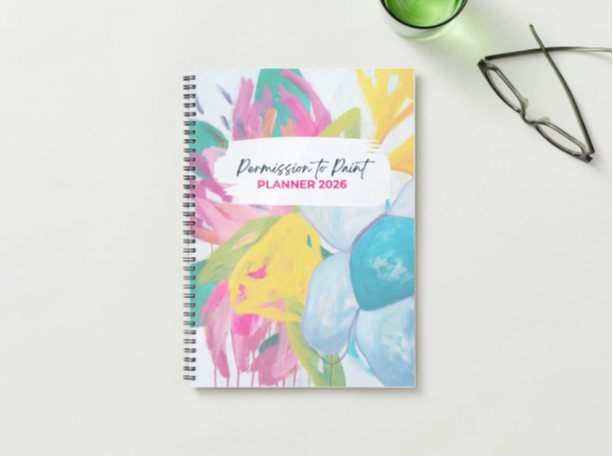Powerful Tips for Pricing Your Art with Confidence
May 14, 2024
Many artists struggle with pricing their artwork in a way that reflects its true value while still supporting their income goals. Pricing isn’t just about numbers—it’s deeply tied to self-worth, confidence, and how you position your creative business. But with the right strategy, you can shift from second-guessing your prices to feeling clear and confident every time you sell.
Want to dive deeper? Watch the full video episode here:
Powerful Tips for Pricing Your Art with Confidence
In this blog, I’ll walk you through proven pricing models and mindset shifts to help you price your work with clarity. Imagine having a pricing structure that feels good, communicates your value, and supports your income goals. That’s exactly what we’ll explore—because your creativity deserves to be paid for, and your art business deserves a strong financial foundation.
The Importance of Having a Pricing Model
A set pricing model helps you present your work cohesively and confidently, positively impacting your sales and reputation while ensuring your business's sustainability.
Benefits of a Pricing Model
Consistency: Builds trust with your audience
Confidence: Positively impacts your sales
Sustainability: Ensures you can make a living from your art
Grab my free pricing guide at permissiontopaint.co/art-pricing.
Three Common Pricing Models
1. Time-Based Pricing
This involves calculating your production costs, including your time and materials. This is more suitable for experienced artists.
2. Square Inch Pricing
This model considers the size of your substrate and requires you to apply a nominal rate per square inch. This is a good option for most.
3. Linear Inch Pricing
Focussing again on the size of your substrate (although this time you add the length & width and then multiply this figure by a nominal rate per linear inch). This is a great option for artists who work in a wide range of sizes.
The Most Common Question: What Rate Should I Charge?
Your rate should reflect your competitors, experience, and sales history—what I call the X Factor. Start with a rate that aligns with these factors and adjust as needed over time.
The X Factor in Art Pricing
The first things to consider are the softer aspects: your competitors, your experience, and your sales history. These factors help gauge what you should sell your artwork for. Choose a rate that aligns with these considerations, then let this rate be your starting point. Over time, as your experience and demand for your work grow, you can adjust your prices accordingly.
Bonus Tips for Pricing Your Art
- Adjust Pricing Based on Demand: Start low, build a sales history, then increase prices as demand grows.
- Consider Your Experience and Reputation: Price according to your experience and gradually increase as your reputation grows.
- Communicate Value: Use storytelling and marketing to highlight what makes your art unique.
- Tiered Pricing: Offer different pricing levels for different sizes or variations to appeal to a broader audience.
Effectively pricing your art can have a significant impact on your business and overall success as an artist. Experiment with different pricing models to find the right strategy that works for you, so you can create a sustainable income from your art.
Want to build your creative confidence with community, guidance and growth? Join the waitlist for Art for the Heart—your next step in building a thriving, joy-filled art business.



